Gold Nugget Effect Definition in Sampling
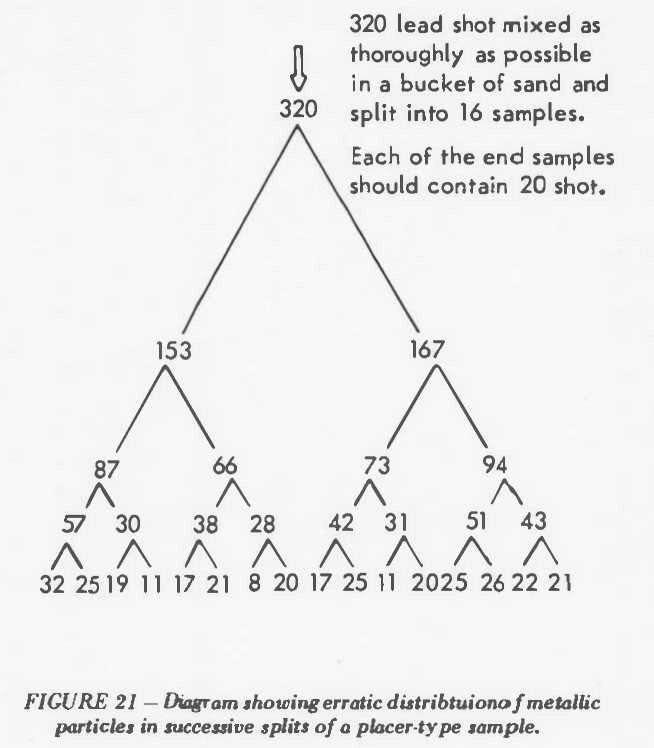
In typical gold deposit (with gravity gold) the variations are so great and the values are so low, any attempt to divide a sample by taking alternate shovels, mechanical splitting, or by other means will invariably yield erratic results. Rather than set out supporting theory which at best would be academic, two examples are offered to show […]
Gold Panning Technique
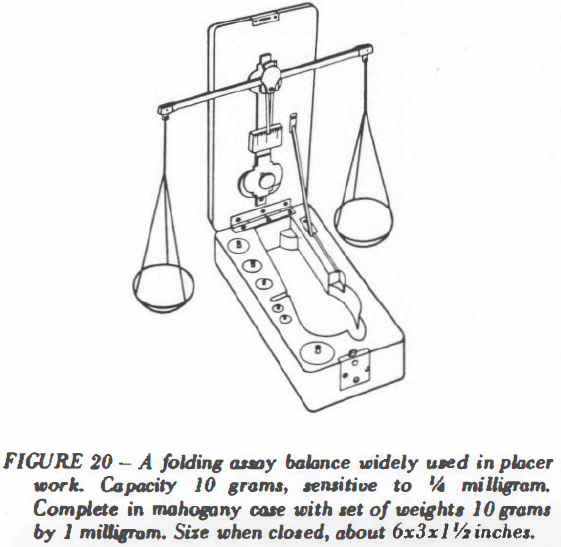
Panning for gold is a simple operation but, at the same time, it is difficult to describe. Although the subtle techniques of gold panning vary with the individual and with the material being washed, the overall gold panning operation can be divided into six basic steps as follows: How to Prepare for Panning After filing the […]
Mining Geology Sampling Methods: Channel, Chips, Core
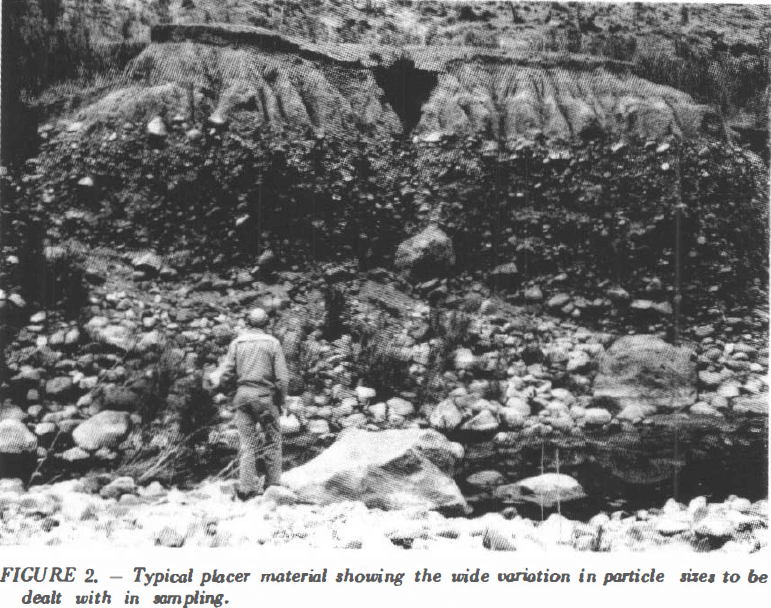
Acquiring a representative gold sample is seldom easy and in almost all cases sample results need a large measure of interpretation. Some of the underlying reasons why mining & geology sampling is difficult are: Large particle sizes to be sampled with. A representative sample should contain all of the constituents of a deposit and in exactly the […]
Sample Salting in Geology

There are two kinds of sample salting: intentional and innocent. Intentional salting can be defined as the surreptitious addition of valuable material to a sample with intent to deceive. Innocent salting, which can have the same end effect, can be accidental or the result of carelessness or improper working procedures. Although intentional salting is seldom […]
How Gold is Deposited into Placers

The origin of the gold in deep placers has long been a vexed question. It was formerly accepted without question that the erosion of auriferous quartz lodes existing at higher altitudes furnished both gravel and gold. In support of this it was urged that the same districts which furnished auriferous gravels abounded in quartz veins […]
Gold in Deep Gravel Deposit

Both in Australia and California, besides the superficial placer deposits situated in or near the existing rivers, which in the deep canons of the Klamath and other rivers in the extreme north of California attain a thickness of 250 feet, there exist auriferous gravels which bear no apparent relation to the present drainage of the […]
Placer Gold Mining Methods
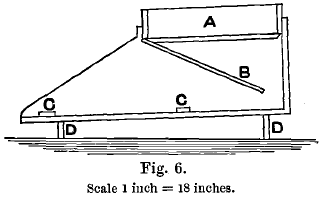
The gold deposits grouped together under the name of “ placers ” comprise sands, gravels, or any loosely coherent or non-coherent alluvial beds containing gold. They have accumulated owing to the action of running water, in the beds of rivers, or on the adjoining inundation plains, or on sea beaches. They fall naturally into two […]
The Geometallurgy Book Applied
The study is not intended to be a complete geometallurgy book, but it certainly is a great example of applied geometallurgy. It was conducted on the Caribou deposit in New Brunswick, which is a Zn-Pb-Cu-Ag volcanogenic massive sulphide deposit (VMS). VMS deposits form on the seafloor at divergent plate boundaries from hydrothermal vents (e.g. black […]
Underground Mine Ventilation
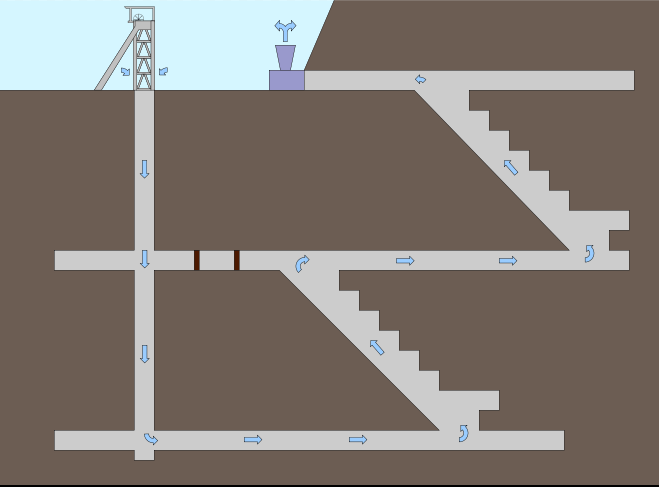
Something that all of the various and mining techniques have in common board and pillar, stoping, caving, long wall mining; is that they take place in underground environments where fresh air does not naturally occur. Not surprisingly, ventilation is a critical importance to the occupational health and safety of underground workers. A continuous supply of […]
What is Native Gold
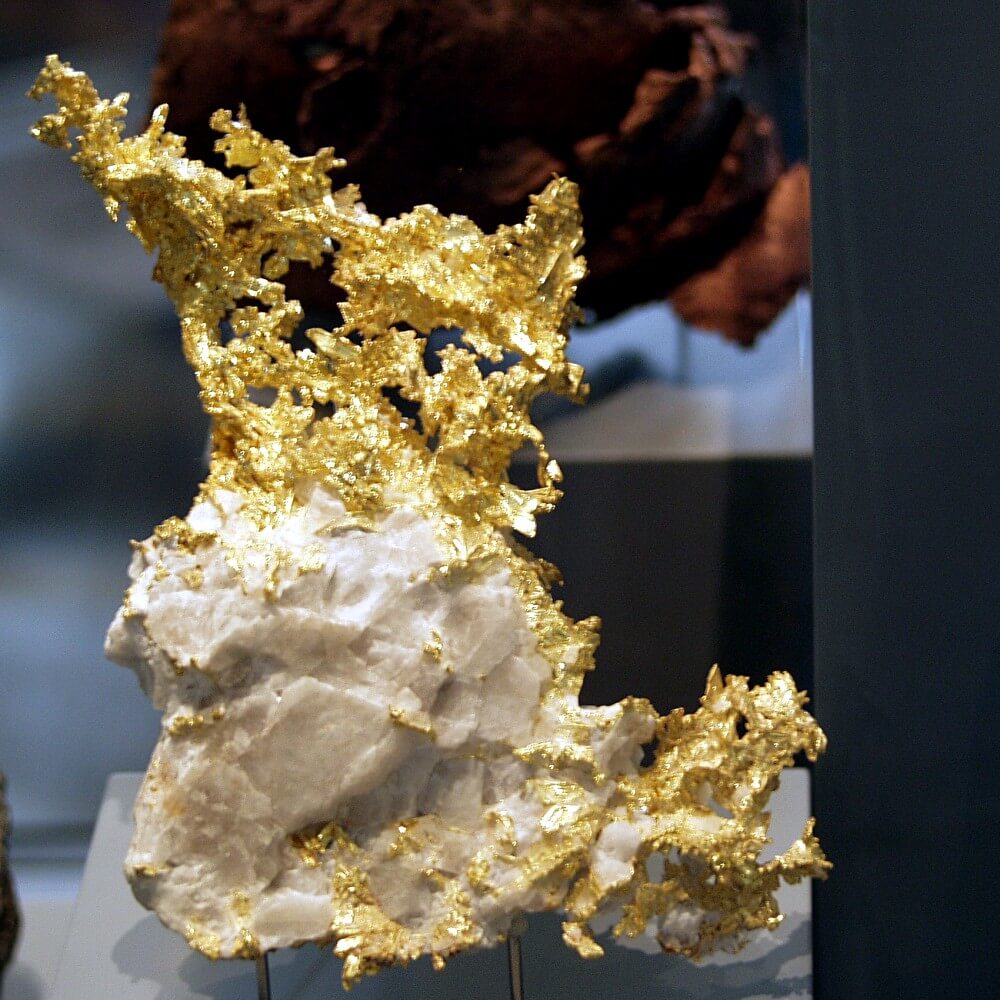
Native gold always contains silver, which occurs in varying proportions, the colour becoming paler with the increase of silver. The finest native gold yet found is that from the Pike’s Peak Mine, Cripple Creek, which was 999 fine. The mean fineness of Colorado gold is, however, only 800. The gold from the Mount Morgan Mine, […]
